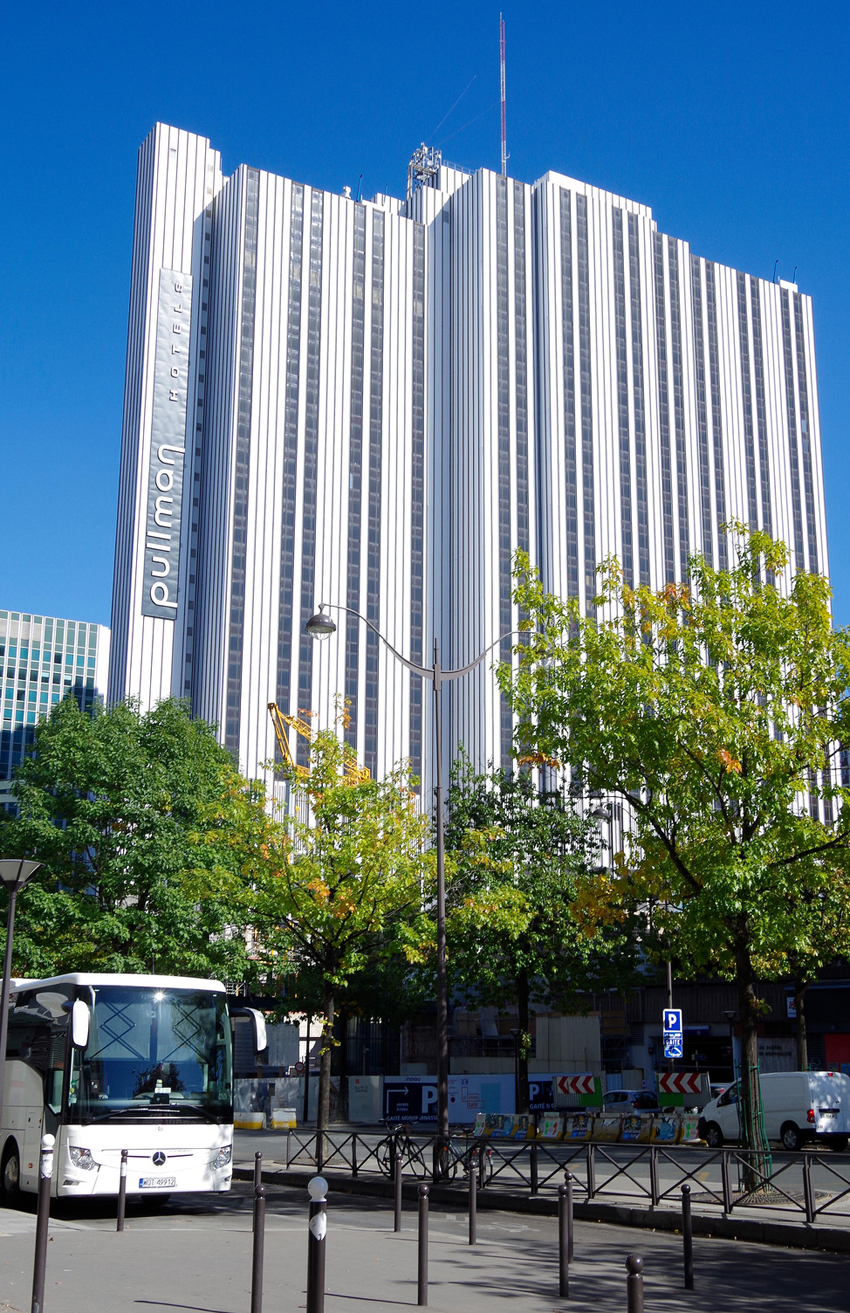Weathering the Storms: How PVF Film Technology Preserves and Elevates Building Exteriors
Learning Objectives:
- Describe how outdoor environments can stress exteriors, leading to high maintenance and early replacement issues in building exteriors.
- Explain how using a laminated film offers optimal coverage and uniform thickness on substrates to aid the performance and durability of the exterior.
- Discuss how materials that consider environmental, durability, and maintenance factors can aid in sustainability and long-term upkeep.
- Illustrate the ways that accelerated tests and case studies have predicted long-term outdoor performance.
Credits:
This course is approved as a Structured Course
This course can be self-reported to the AANB, as per their CE Guidelines
Approved for structured learning
Approved for Core Learning
This course can be self-reported to the NLAA
Course may qualify for Learning Hours with NWTAA
Course eligible for OAA Learning Hours
This course is approved as a core course
This course can be self-reported for Learning Units to the Architectural Institute of British Columbia
The convenience of material goods and consumerism culture have created a throwaway society—one that has become used to cheap products that will break and can be replaced. But in the world of architecture, it is not desirable or even feasible to invest in materials that will degrade easily or require constant maintenance. When a building is constructed, it needs to last for decades with little maintenance required in order for it to be cost-effective.

All images courtesy of DuPont Tedlar
Polyvinyl fluoride (PVF) film is a technology that works as a laminate on exterior surfaces to protect buildings from a variety of climates, as in the case of this airport located in hot and humid Auckland, New Zealand.
The challenge in the AEC industry is with materials that are impacted by events out of our immediate control, such as pollution and the elements. Building exteriors protect us in all kinds of weather and from a multitude of external forces, but what protects the buildings themselves? The next section will discuss the negative impacts that building exteriors face and how polyvinyl fluoride (PVF) film offers a solution.
The Problem with Building Exteriors
Buildings go through a variety of stresses—and one is the weather. The first component that weather refers to is temperature, which includes the fluctuation of temperatures within day and night cycles as well as longer cycles within seasons. The second component of weather is water, which can come in the form of snow and rain, and which happens in cycles of dry and humid environments. The third component is the wind, which can bring mechanical strain onto structures through a range of force, but it also brings with it particulate that contributes to the erosion of surfaces. All of these weather components can also come in the form of sudden weather events, such as hurricanes, and happen within a short period of time and on an extreme scale.
There are also other environmental stresses that can affect a building. If a building is next to a coastline, it is likely to be impacted by saltwater. Saltwater will be more corrosive toward metallic structures. Other stresses come from human impact. Urban environments often deal with graffiti on surfaces, though graffiti can be found in rural areas as well. The graffiti itself can damage a surface, but the process of cleaning up graffiti using any variety of cleaning solvents can also do damage to a surface. A building in a heavily polluted area, such as in an industrial town or in polluted urban locations, will deal with issues like acid rain or particulates in the air that cause stress on building exteriors. Finally, a building surface can suffer from general daily use from people or animals nearby, such as dogs who might relieve themselves on a building’s siding and, just like with weather, damage the integrity of a building envelope.
All of these stresses can wreak havoc on building surfaces. In coastal and tropical or subtropical environments, where temperatures, humidity, and salt spray are high, these pollutants concentrate and stagnant, creating an atmosphere of corrosion. Metals and other surfaces exposed to these environments are highly susceptible to damage from oxygen, moisture, impurities, acids, salt ions, dust, and surface deposits. The issue may be most apparent in environments where extreme weather events happen regularly or where pollution is overwhelming, but still, all buildings—no matter where they are located—will need some mechanism for protecting themselves from chemicals, abrasion, water, wind, and other problems that over time lead to corrosion, coating failure, mold and mildew, cracking, gloss loss, and color change.
In light of all these issues, what is the best exterior protection for a surface?
First, it is necessary to have a surface that is resilient to physical damage—not just in use but in installation. Second, it is necessary to have a surface that is chemically inert. Paint used for graffiti tends to be solvent based, so the surface needs to be able to resist the solvent-based paint while also needing to resist the potentially damaging chemicals found in cleaning solutions that would be used for graffiti removal. Third, it needs to resist the weather by having a surface with ultraviolet (UV) protection through UV-reflective material. This means having a material that can handle thermal changes, seasonal changes, day and night cycles, and sudden weather events. Finally, it is necessary that the surface protection be permanently adhered to the substrate so it can carry out its mission of protecting it.
If these aspects are not managed, there will be a failure of the surface to protect the underlying substrates, and these failures can be seen in different shapes and forms. Gloss loss on the surface, in which a shiny surface is reduced to a low-gloss appearance, changes the original aesthetic. Color changes and cracking of the surface are also symptoms of failed protection. Cracking of the surface associated with a metallic substrate can create corrosion issues, leading to further color problems such as brown and green stains. On other surfaces when there is cracking, mold and mildew can begin to appear, changing the aesthetic and ultimately the strength of the surface.

A true test of PVF film’s capabilities is in real-time examples, such as the Pullman Hotel Montparnasse in Paris, France, whose laminated exterior has not had to be updated since it was built in 1974.
















